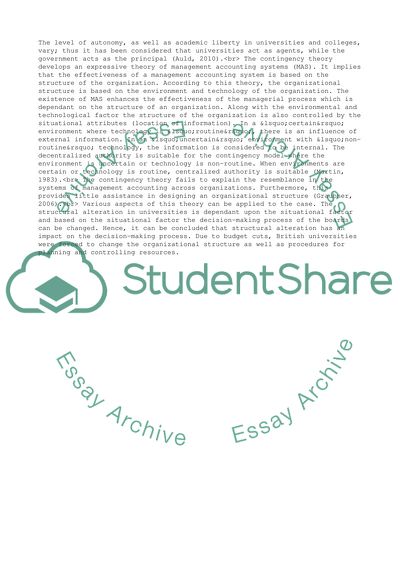Cite this document
(Organisational Context of Management Accounting Article - 2, n.d.)
Organisational Context of Management Accounting Article - 2. Retrieved from https://studentshare.org/management/1749058-organisational-context-of-management-accounting
Organisational Context of Management Accounting Article - 2. Retrieved from https://studentshare.org/management/1749058-organisational-context-of-management-accounting
(Organisational Context of Management Accounting Article - 2)
Organisational Context of Management Accounting Article - 2. https://studentshare.org/management/1749058-organisational-context-of-management-accounting.
Organisational Context of Management Accounting Article - 2. https://studentshare.org/management/1749058-organisational-context-of-management-accounting.
“Organisational Context of Management Accounting Article - 2”, n.d. https://studentshare.org/management/1749058-organisational-context-of-management-accounting.


